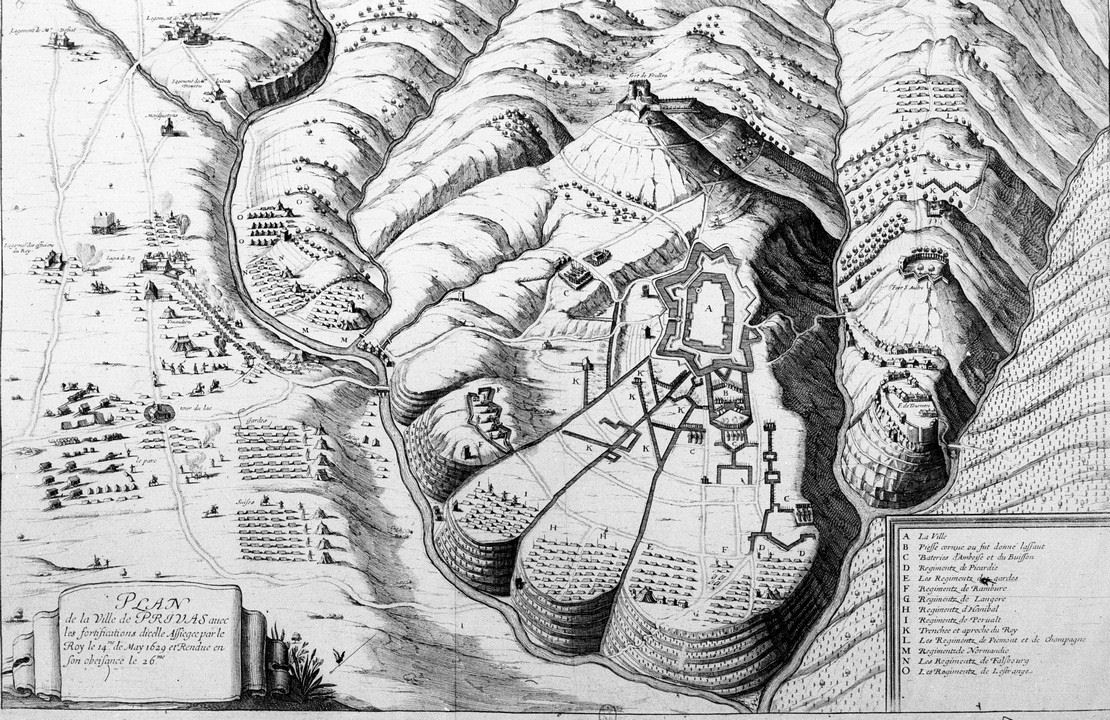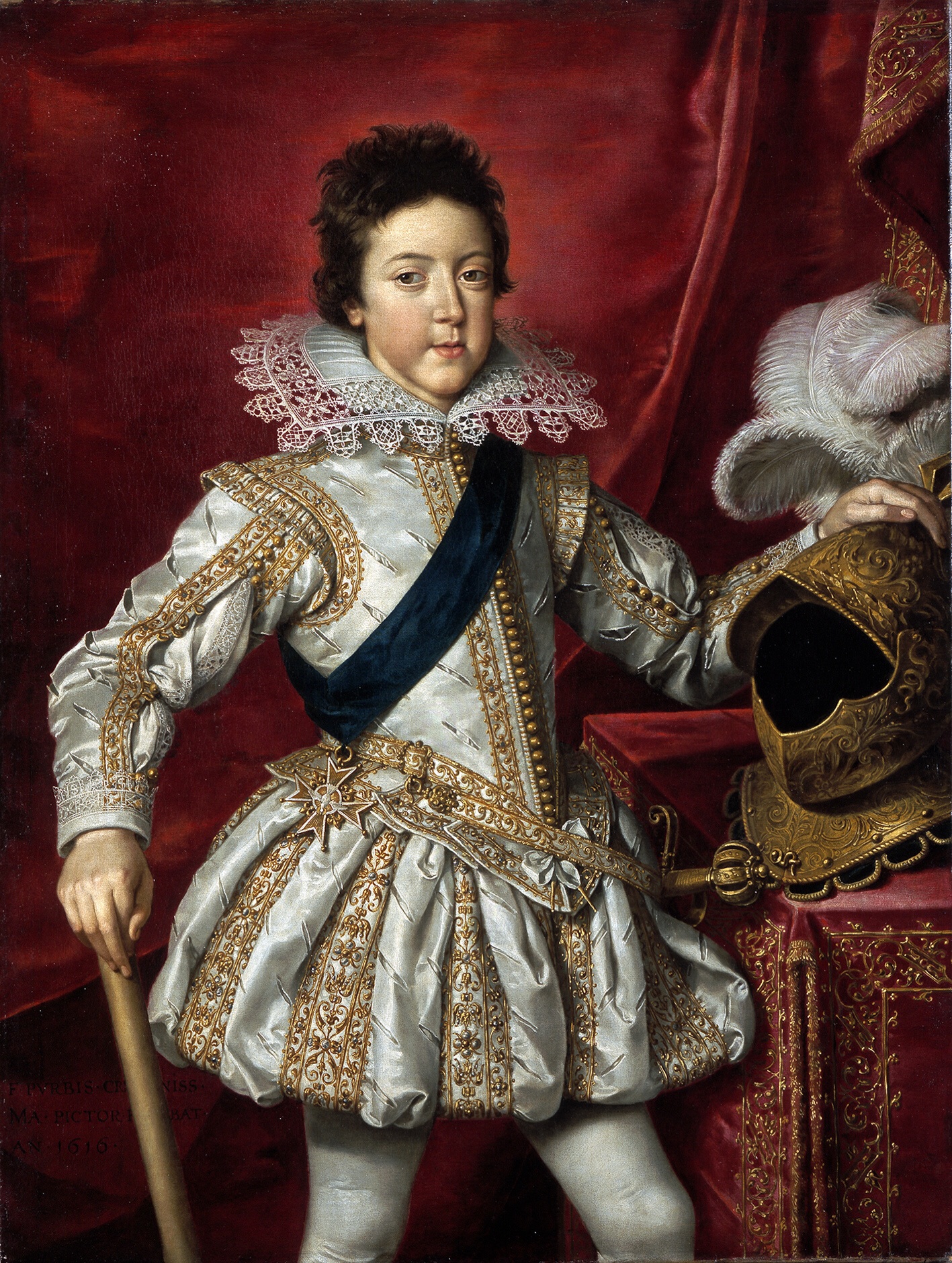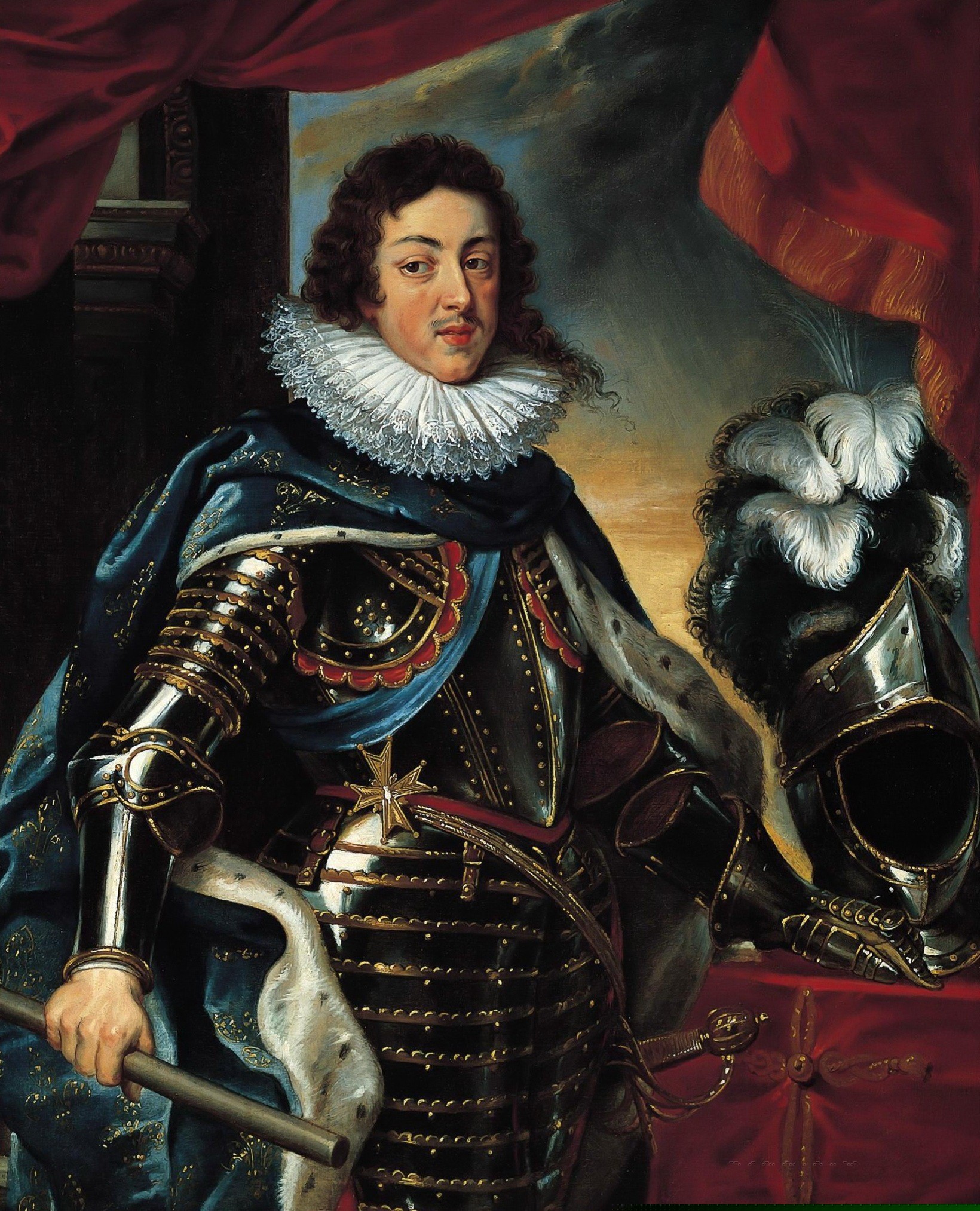|
Privas
Privas (; , also ) is a city located in France, in the department of Ardèche. With its 8,465 inhabitants (2019), it is the least populated prefecture (capital of a department). It was the location of the 1629 Siege of Privas. Today, Privas is known for the purée made from the local chestnuts, and for its sweetened marron glacé. History The earliest traces of the commune are attested in the hamlet of Lac where recent archaeological excavations have revealed a Roman villa dating to the beginning of the Empire, as well as a medieval burying-ground. Moulds for counterfeiting coinage found in the 19th century on the slopes of Mont-Toulon have not been interpretable as signifying a local centre of population. Privas possibly comes from the old Gallic word ''briva'' meaning thoroughfare, or more specifically a wooden causeway over a ravine or water. This may refer to a river crossing now spanned by the ''Pont Louis XIII'', just to the south of the town centre. Privas inhabit ... [...More Info...] [...Related Items...] OR: [Wikipedia] [Google] [Baidu] |
Siege Of Privas
The siege of Privas was undertaken by Louis XIII of France from 14 May 1629, and the city of Privas was captured on 28 May 1629. It was one of the last events of the Huguenot rebellions (1621-1629). Context The siege of Privas followed the Siege of La Rochelle, disastrous capitulation of the main Protestant stronghold of La Rochelle. Louis XIII then moved to eliminate the remaining Huguenot resistance in the south of France. With Alès and Anduze, the city of Privas was at the center of a string of Protestant strongholds in the Languedoc, stretching from Nîmes and Uzès in the east, to Castres and Montauban in the west. Privas was selected by Antoine Hercule de Budos, Marquis des Portes (1589-1629), as a strategic target; capturing it would break a line of Huguenot defences and disconnect their main centers of Nîmes and Montauban. The city was defended by Alexandre du Puy-Montbrun, a leading Protestant from Montbrun-les-Bains in the Dauphiné, already active in Montauban (1621 ... [...More Info...] [...Related Items...] OR: [Wikipedia] [Google] [Baidu] |
Communauté D'agglomération Privas Centre Ardèche
Communauté d'agglomération Privas Centre Ardèche is the ''communauté d'agglomération'', an intercommunal structure, centred on the town of Privas. It is located in the Ardèche department, in the Auvergne-Rhône-Alpes region, southern France. Created in 2017, its seat is in Privas.CA Privas Centre Ardèche (N° SIREN : 200071413) BANATIC. Retrieved 11 November 2024. Its area is 602.1 km2. Its population was 43,792 in 2019, of which 8,465 in Privas proper.Comparateur de territoire [...More Info...] [...Related Items...] OR: [Wikipedia] [Google] [Baidu] |
Ardèche
Ardèche (; , ; ) is a Departments of France, department in Auvergne-Rhône-Alpes, Southeastern France. It is named after the river Ardèche (river), Ardèche and had a population of 328,278 as of 2019.Populations légales 2019: 07 Ardèche INSEE Its Prefectures of France, prefecture is in Privas, but its largest city is Annonay. History Prehistory and ancient history Humans have inhabited the area at least since the Upper Paleolithic, as attested by the famous cave paintings at Chauvet Cave, Chauvet Pont d'Arc. The Ardèche river plateau has extensive standing stones (mainly dolmens and some menhirs), erected thousands of years ago. The river has one of Europe's largest canyons, and the caves that dot the cliffs—which go as high as 300 metres (1,00 ...[...More Info...] [...Related Items...] OR: [Wikipedia] [Google] [Baidu] |
Marron Glacé
''Marron glacé'' is a confection originating in France or Italy that consists of a chestnut candied in sugar syrup and glazed. It is an ingredient in many desserts and is also eaten on their own. History Candied chestnuts appeared in chestnut-growing areas in Europe shortly after the crusaders returned from the Middle East with sugar. Cooking with sugar allowed creation of new confectioneries.Vegetarians in Paradise According to some, the birth of the ''marron glacé'' occurred around the 16th century (thanks to a greater availability of sugar) in the Cuneo area, where large quantities of chestnuts were collected (and are still collected, to be exported throughout Europe). It seems, according to this theory, that the ''marron glacé'' were invented by a court chef of [...More Info...] [...Related Items...] OR: [Wikipedia] [Google] [Baidu] |
Annonay
Annonay (; ) is a Communes of France, commune and largest city in the north of the Ardèche department in the Auvergne-Rhône-Alpes region of southeastern France. It is the most populous commune in the Ardèche department although it is not the capital which is the smaller town of Privas. Other communes in the Ardèche department are Aubenas, Guilherand-Granges, and Tournon-sur-Rhône. Geography The commune consists of the city of Annonay and the hamlets of Vissenty, Chatinais, and Boucieu. With residential development, these four entities have merged into one today. Further away is the hamlet of Toissieu. Annonay was built over several small hills at the confluence of the rivers Cance (Canse) and Deûme (Deôme). Annonay is a crossroads of trade routes: from the Rhône Valley to the region of Saint-Étienne (east-west) and from Lyon to south of the Massif Central (north-south). It is located south of Lyon, south-west of Saint-Rambert-d'Albon, and north-west of Saint-Vallier ... [...More Info...] [...Related Items...] OR: [Wikipedia] [Google] [Baidu] |
Departments Of France
In the administrative divisions of France, the department (, ) is one of the three levels of government under the national level ("territorial collectivity, territorial collectivities"), between the Regions of France, administrative regions and the Communes of France, communes. There are a total of 101 departments, consisting of ninety-six departments in metropolitan France, and five Overseas department and region, overseas departments, which are also classified as overseas regions. Departments are further subdivided into 333 Arrondissements of France, arrondissements and 2,054 Cantons of France, cantons (as of 2023). These last two levels of government have no political autonomy, instead serving as the administrative basis for the local organisation of police, fire departments, and, in certain cases, elections. Each department is administered by an elected body called a departmental council (France), departmental council ( , ). From 1800 to April 2015, these were called gene ... [...More Info...] [...Related Items...] OR: [Wikipedia] [Google] [Baidu] |
Huguenot Rebellions
The Huguenot rebellions, sometimes called the Rohan Wars after the Huguenot leader Henri, Duke of Rohan, Henri de Rohan, were a series of rebellions of the 1620s in which French people, French Calvinist Protestants (Huguenots), mainly located in southwestern France, revolted against royal authority. The uprising occurred a decade after the death of Henry IV of France, Henry IV who, himself originally a Huguenot before converting to Catholicism, had protected Protestants through the Edict of Nantes. His successor Louis XIII, under the regent, regency of his Italian Catholic mother Marie de' Medici, became more intolerant of Protestantism. The Huguenots responded by establishing independent political and military structures, establishing diplomatic contacts with foreign powers, and openly revolting against central power. The Huguenot rebellions came after two decades of internal peace under Henry IV, following the intermittent French Wars of Religion of 1562–1598. First Huguenot r ... [...More Info...] [...Related Items...] OR: [Wikipedia] [Google] [Baidu] |
Chestnut
The chestnuts are the deciduous trees and shrubs in the genus ''Castanea'', in the beech family Fagaceae. The name also refers to the edible nuts they produce. They are native to temperate regions of the Northern Hemisphere. Description Chestnut trees are of moderate growth rate (for the Chinese chestnut tree) to fast-growing for American and European species. Their mature heights vary from the smallest species of chinkapins, often shrubby,''Chestnuts, Horse-Chestnuts, and Ohio Buckeyes'' . In Yard and Garden Brief, Horticulture department at University of Minnesota. to the giant of past American forests, '' C. dentata'' that could reach . Between these extremes ar ... [...More Info...] [...Related Items...] OR: [Wikipedia] [Google] [Baidu] |
Huguenots
The Huguenots ( , ; ) are a Religious denomination, religious group of French people, French Protestants who held to the Reformed (Calvinist) tradition of Protestantism. The term, which may be derived from the name of a Swiss political leader, the Genevan burgomaster Besançon Hugues, was in common use by the mid-16th century. ''Huguenot'' was frequently used in reference to those of the Reformed Church of France from the time of the Protestant Reformation. By contrast, the Protestant populations of eastern France, in Alsace, Moselle (department), Moselle, and Montbéliard, were mainly Lutheranism, Lutherans. In his ''Encyclopedia of Protestantism'', Hans Hillerbrand wrote that on the eve of the St. Bartholomew's Day massacre in 1572, the Huguenot community made up as much as 10% of the French population. By 1600, it had declined to 7–8%, and was reduced further late in the century after the return of persecution under Louis XIV, who instituted the ''dragonnades'' to forcibly ... [...More Info...] [...Related Items...] OR: [Wikipedia] [Google] [Baidu] |
Louis XIII Of France
Louis XIII (; sometimes called the Just; 27 September 1601 – 14 May 1643) was King of France from 1610 until his death in 1643 and King of Navarre (as Louis II) from 1610 to 1620, when the crown of Navarre was merged with the French crown. Shortly before his ninth birthday, Louis became king of France and Navarre after his father Henry IV of France, Henry IV was assassinated. His mother, Marie de' Medici, acted as regent during his minority. Mismanagement of the kingdom and ceaseless political intrigues by Marie and her Italian favourites led the young king to take power in 1617 by exiling his mother and executing her followers, including Concino Concini, the most influential Italian at the French court. Louis XIII, taciturn and suspicious, relied heavily on his chief ministers, first Charles d'Albert, duc de Luynes and then Cardinal Richelieu, to govern the Kingdom of France. The King and the Cardinal are remembered for establishing the ''Académie française'', and ending ... [...More Info...] [...Related Items...] OR: [Wikipedia] [Google] [Baidu] |
Cardinal Richelieu
Armand Jean du Plessis, 1st Duke of Richelieu (9 September 1585 – 4 December 1642), commonly known as Cardinal Richelieu, was a Catholic Church in France, French Catholic prelate and statesman who had an outsized influence in civil and religious affairs. He became known as the Red Eminence (), a term derived from the style of Eminence (style), Eminence applied to Cardinal (Catholic Church), cardinals and their customary red robes. Consecrated a bishop in 1607, Richelieu was appointed Secretary of State for Foreign Affairs (France), Foreign Secretary in 1616. He continued to rise through the hierarchy of both the Catholic Church and the French government, becoming a Cardinal (Catholic Church), cardinal in 1622 and Chief minister of France, chief minister to King Louis XIII, Louis XIII of France in 1624. He retained that office until his death in 1642, when he was succeeded by Cardinal Cardinal Mazarin, Jules Mazarin, whose career the cardinal had fostered. Richelieu became enga ... [...More Info...] [...Related Items...] OR: [Wikipedia] [Google] [Baidu] |
Prefectures Of France
In France, a prefecture (, ) may be: * the , the Communes of France, commune in which the administration of a Departments of France, department is located; * the , the commune in which the administration of a Regions of France, region is located; * the jurisdiction of a prefecture; * the official residence or headquarters of a Prefect (France), prefect. Although the administration of departments and regions is distinct, a regional prefect is ''Ex officio member, ex officio'' prefect of the department in which the regional prefecture is located. The officeholder has authority upon the other prefects in the region on a range of matters. Role of the prefecture There are 101 prefectures in France, one for each department. The official in charge is the Prefect (France), prefect (). The prefecture is an administration that belongs to the Minister of the Interior (France), Ministry of the Interior; it is therefore in charge of the delivery of identity cards, driving licenses, passports, ... [...More Info...] [...Related Items...] OR: [Wikipedia] [Google] [Baidu] |





